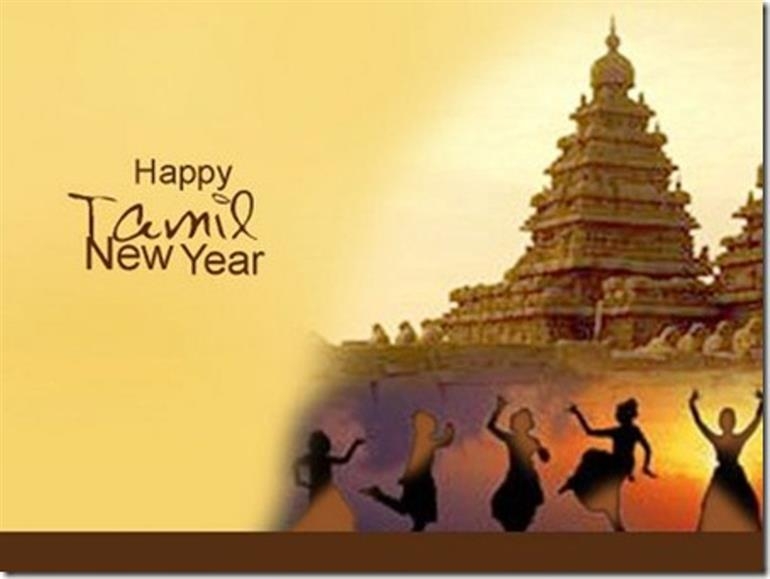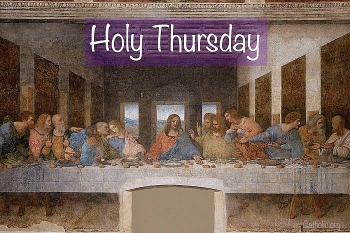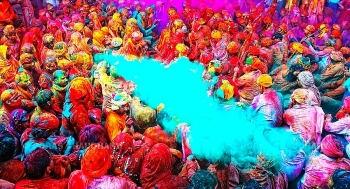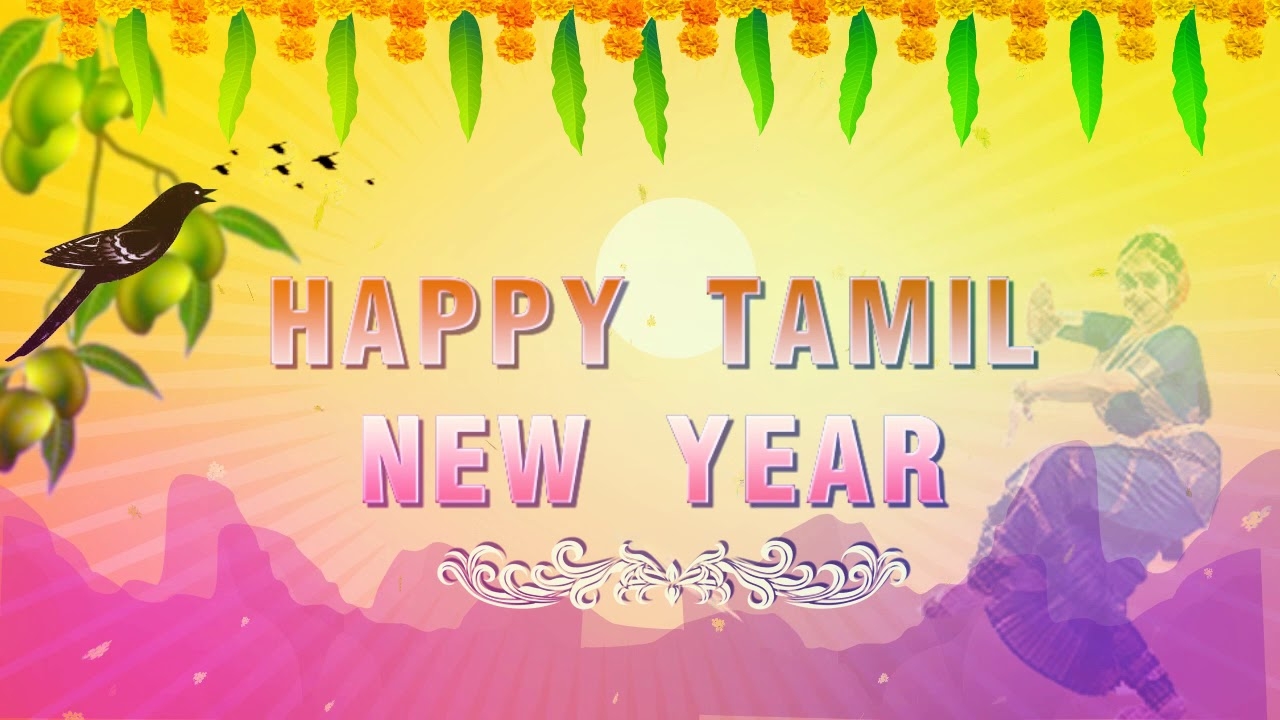Tamil (Puthandu) New Year: History, Date, Meaning and Facts
 |
| Happy Tamil New Year. Photo: Sulekha.com Indiapulse |
Tamil New Year History
Tamil New Year, also known as Puthandu, celebrates the first day of the year of the Tamil calendar. It serves as a festive in which families can spend time with one another. This day is celebrated in Tamil Nadu and Sri Lanka. It is also celebrated in Malaysia, Singapore, and other states with Tamil people. Popular greetings include Puthāaṇdu vāazhthugal or Iṉiya puthaandu nalvāazhthugal, which means happy new year, according to wincalendar.
When is Tamil New Year?
Puthandu is the Tamil New Year's Day.
It is a public holiday in Sri Lanka and in India, it is a public holiday in many regions.
The Tamil year starts on April 14th in the Gregorian calendar. It is similar to the Vernal Equinox which is usually celebrated on or around March 21st. The date differs due to the position of the Tamil region in the northern hemisphere and some ancient and impressive astronomical observations involving the orbits of Jupiter and Saturn.
Though not purely a religious festival, Puthandu does hold special significance to Hindus as it is said to be the day that the Hindu god of creation, Lord Brahma, started creation.
Tamil New Year’s Day is celebrated on the first day of Chithirai - the first month in the Tamil Calendar and is also known as Varusha Pirappu, said officeholidays.
Tamil New Year Significance
 |
| Photo: boldsky |
Puthandu is the day of new beginnings. People celebrate the festival with joy and hope that the new year will bring new opportunities and growth in their lives. This day is celebrated by some communities with neem flowers and raw mangoes to symbolize growth and prosperity.
Hence the auspicious day of Puthandu is celebrated with great enthusiasm all over Tamil Nadu and Sri Lanka.
Observances Of Puthandu
On the eve of Puthandu, a tray is arranged with three fruits (mango, banana and jackfruit), betel leaves, areca nuts, gold/silver jewellery, money, flowers and a mirror. This tray has to be viewed early in the morning soon after waking up. Then people take early morning bath and offer pongal to the Gods. Many people also visit temples to seek blessings so that the new year turns out fruitful for them. In Madurai, Puthandu is celebrated in a grand way. A huge exhibition known as the Chitterai Porutkaatchi is held at the Meenakshi Amman temple. Huge feasts are held in almost all Tamil homes and the entrance of the houses are decorated with elaborate kolams or rangoli, as cited by boldsky.
Here are some interesting Facts about Tamil New Year
1. The Tamil calendar follows a 60-year cycle. The first month of every Tamil year is called Chittirai and it commences on 14 April of the Gregorian calendar. As per that system, we are in the current 60-year-cycle that began in 1987 and will end in 2047.
2. Imagine a year having a name of its own. The 2016-17 Tamil Year had a name - Dhunmuki. The 2017-18 Tamil New Year began the year named Hevilambi. 2020-21 will be called Shaarvari.
3. Tamilians prepare for the New Year by washing the house the night before. They believe that for a new beginning, the old negativity must be thrown out first. The festival morning begins with a ritual called 'Kanni' i.e. ‘auspicious sight’. The Pooja Room is decorated with a huge mirror and before it is placed abundant signs of prosperity such as trays laden with fruits, flowers, jewellery, currency notes and coins; basically all things that show the grace and blessings of Goddess Laxmi the giver of wealth and prosperity.
 |
| Photo: India TV News |
4. What is called rangoli in the rest of India is called Kollam or Kolam in Tamil Nadu. But instead of ground rock powder, Tamilians use rice powder to etch beautiful patterns in the courtyard or before their house's main entrance. The idea is to have ants and insects get drawn to it and gain subsistence. The ancient tradition reflects Indians' or the Hindus' belief that man cannot live alone, he needs to live in harmony with the world's creatures.
5. Vegetarian food is cooked on this day, and people either pray at home or visit temples to offer worship. Priests or family astrologers open the Panchangam (calender or almanac) and refer to horoscopes as they make predictions for the year to come.
 Holy Thursday: Time&Date, History, Significance, Celebrations and Everything to Know Holy Thursday: Time&Date, History, Significance, Celebrations and Everything to Know Holy Thursday or Maundy Thursday this year will be falling on Thursday, April 1. For more information about this event, check the article below: History, ... |
 India: Top 15 Most Popular Festivals in March India: Top 15 Most Popular Festivals in March March, the month of colors, music, and entertainment, is the perfect time for experiencing the cultural beauty of India. The numerous and varied festivals offer ... |
 What is Tamil - the Oldest Language existed in the World! What is Tamil - the Oldest Language existed in the World! Language has become one of the pivotal tools of humans' communication. But have you ever known that Tamil is the oldest language in the ... |

























